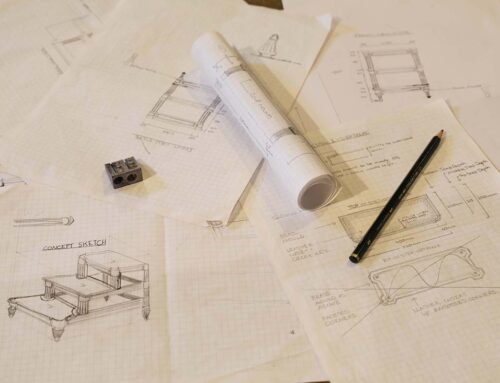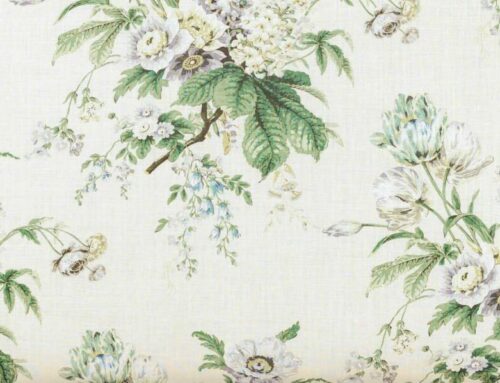What makes this antique dining table so unusual? Here we look at some of the reasons this fascinating table is so unusual and difficult top find.
Watch our videos below to see what they are.
A rare 19th century antique dining table, this piece was originally one of a pair of tables. Imagine the size of room that could accommodate a pair of these antique dining tables. Of unusual and extremely fine construction, the table has been made to last centuries and we find ourselves wondering what stories it could tell, what plots may have transpired over its surface.
19th century French walnut, this base is elaborately carved with vertical column supports which meet a supporting stretcher below a solid opposing double sided walnut parquetry top.
This antique dining table is in entirely original condition and can be restored in a number of different ways. For those that prefer the hallmarks of age, the table needs only a clean and wax. However for those that prefer a more finished look, the table could be cleaned, the gaps in the top feathered with walnut and the whole table cleaned and re-polished, lighter, darker or the colour that it is.
The base of the table is darker than the top from centuries of dirt. When the table is cleaned and re-polished, the top will once again resemble the colour of the top.
Enquire about this antique refectory table.
The English Antique Dining Table
This is a really beautiful antique dining table. Solid oak plank top with leaves that slide in and store underneath the centre section of the table for convenience. No need to find a space to keep them. The top rests on four turned bulbous legs carved with Flemish design, which are joined by a stretcher that has been re-routed around the table legs to allow for maximum seating capacity.
The antique refectory table is in good condition and currently very dark. Oak is the most flexible of timbers in terms of colour and so with cleaning and re-polishing, this refectory table could be light, dark or anywhere in between.
Enquire about this English Oak Refectory Table






